Grey Tit-flycatcher
Posted: Fri Mar 21, 2014 12:21 pm
693. Grey Tit-flycatcher (Formerly known as Fantailed Flycatcher) Myioparus plumbeus (Waaiestertvlieevanger)
Order: Passeriformes. Family: Muscicapidae
Description
14 cm. Blue-grey on the back with white underparts. Uppertail is black with white outertail feathers.
Distribution
Occupies patches across sub-Saharan Africa, from Senegal to Ethiopia south to southern Africa. Here it is localised and uncommon, occurring in Mozambique, Zimbabwe, north-eastern South Africa, northern Botswana and the Caprivi Strip (Namibia).
Habitat
Woodland, riverine forests and savanna.
Diet
It mainly eats insects doing most of its foraging in the tree canopy, gleaning prey from leaves and branches.
Breeding
The nest is built by both sexes, consisting of a thin-walled cup built of roots, fine grass, shredded bark and lichens, lined with feathers and flowers. It is typically placed in a cavity in a tree, either natural or made by a woodpecker or barbet. Egg-laying season is from August-January, peaking from October-December. It lays 2-3 dull white eggs, thickly spotted with olive and brown.
Call
The call is a loud, cheerful teee-reee. Listen to Bird Call.
Status
Uncommon resident.
Order: Passeriformes. Family: Muscicapidae
Description
14 cm. Blue-grey on the back with white underparts. Uppertail is black with white outertail feathers.
Distribution
Occupies patches across sub-Saharan Africa, from Senegal to Ethiopia south to southern Africa. Here it is localised and uncommon, occurring in Mozambique, Zimbabwe, north-eastern South Africa, northern Botswana and the Caprivi Strip (Namibia).
Habitat
Woodland, riverine forests and savanna.
Diet
It mainly eats insects doing most of its foraging in the tree canopy, gleaning prey from leaves and branches.
Breeding
The nest is built by both sexes, consisting of a thin-walled cup built of roots, fine grass, shredded bark and lichens, lined with feathers and flowers. It is typically placed in a cavity in a tree, either natural or made by a woodpecker or barbet. Egg-laying season is from August-January, peaking from October-December. It lays 2-3 dull white eggs, thickly spotted with olive and brown.
Call
The call is a loud, cheerful teee-reee. Listen to Bird Call.
Status
Uncommon resident.
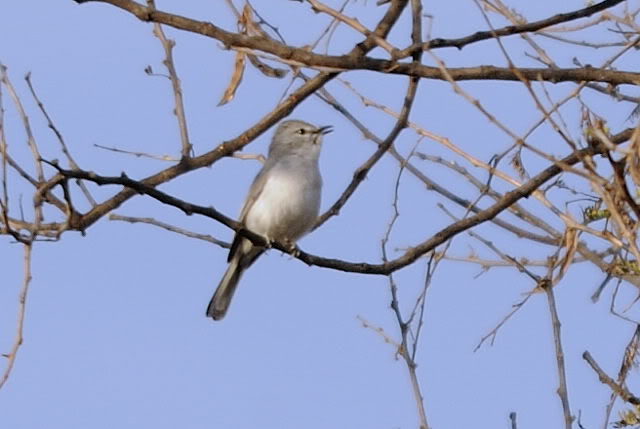
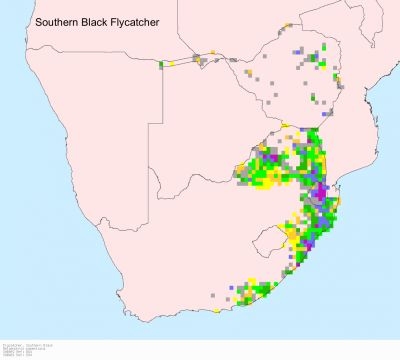

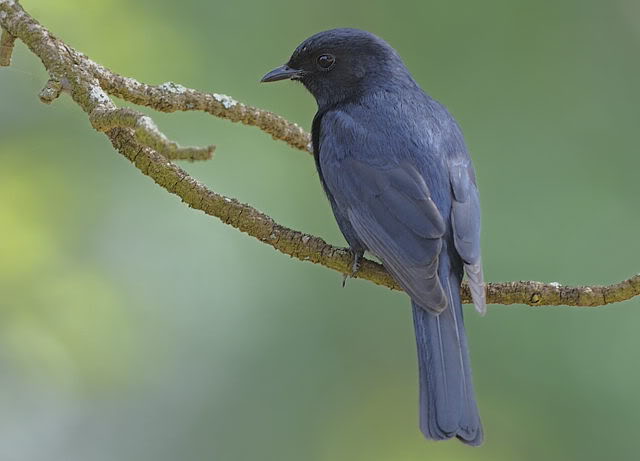

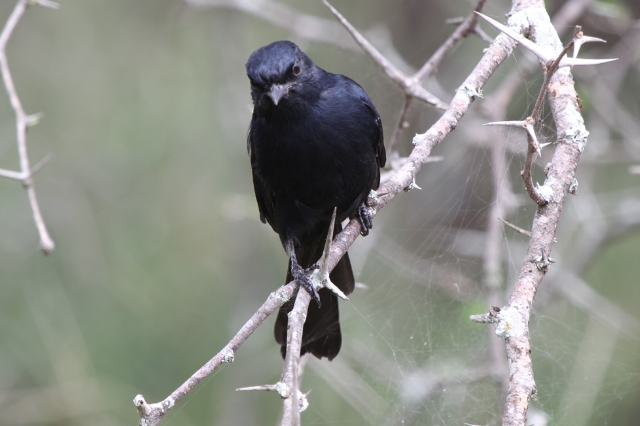 © Tina
© Tina © Dewi
© Dewi © Flutterby
© Flutterby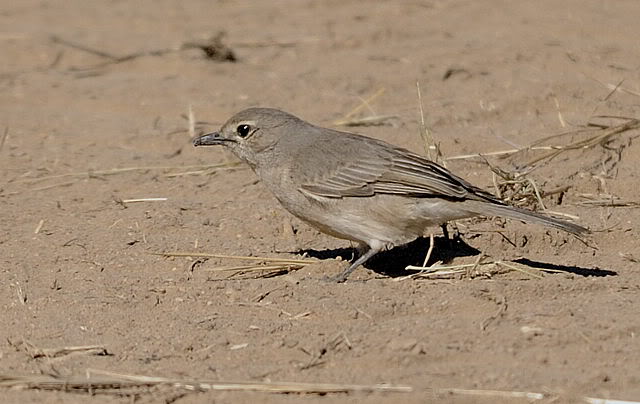
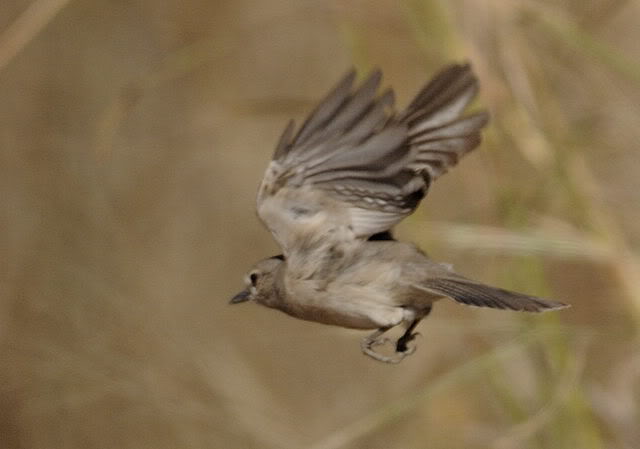 © Dewi
© Dewi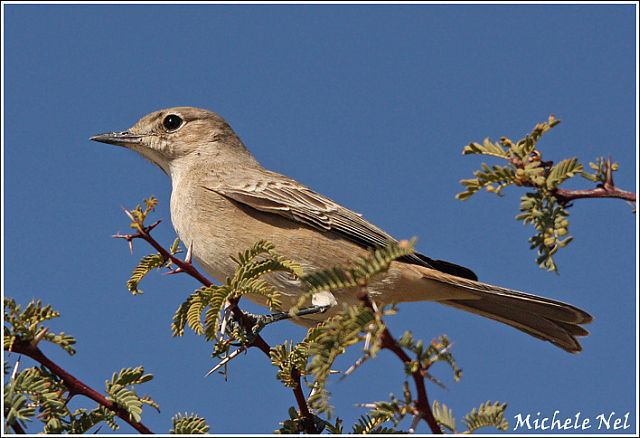 © Michele Nel
© Michele Nel © nan
© nan © nan
© nan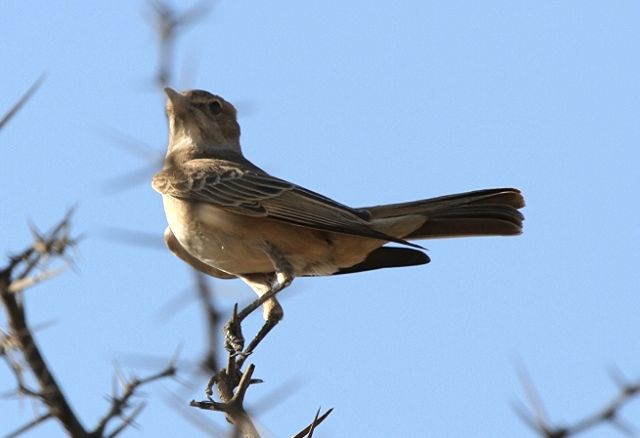 © Tina
© Tina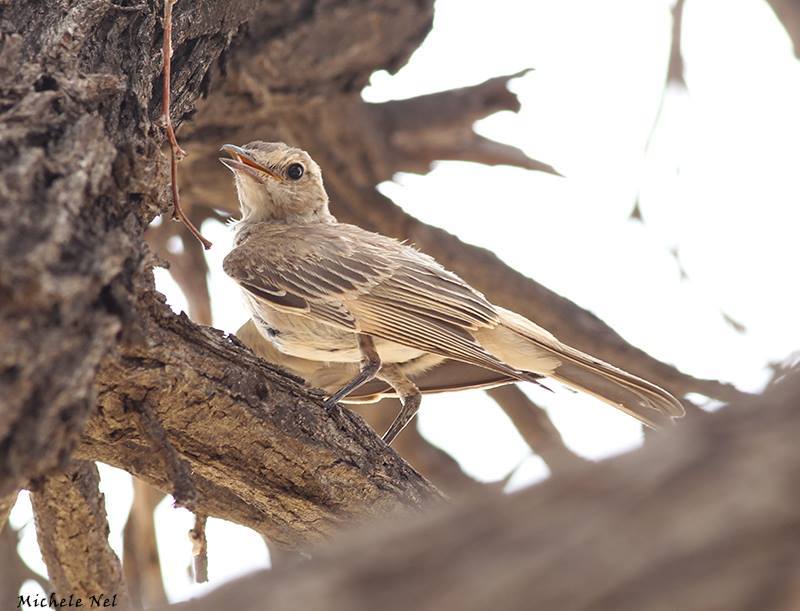
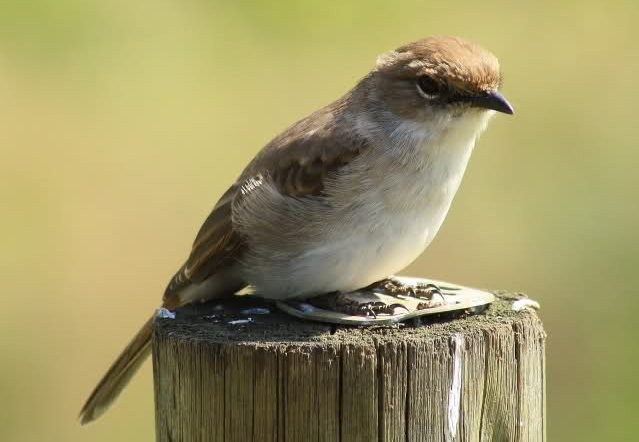 © Flutterby
© Flutterby © Mel
© Mel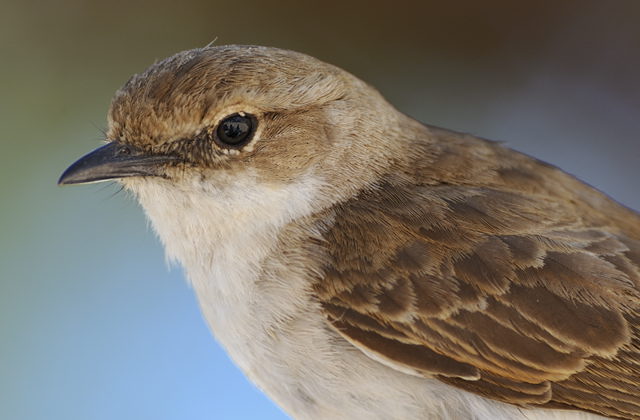 © Dewi
© Dewi © BluTuna
© BluTuna